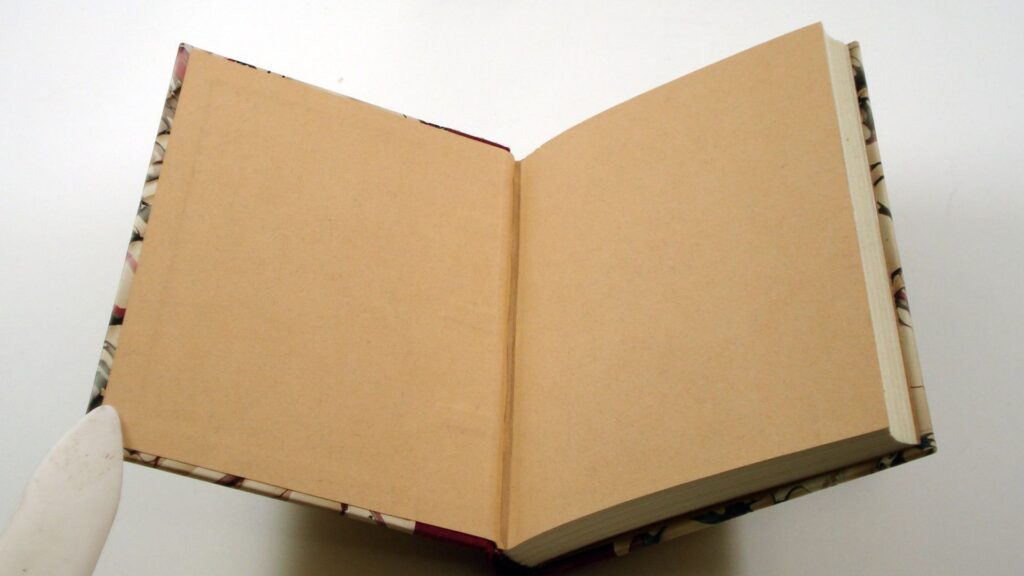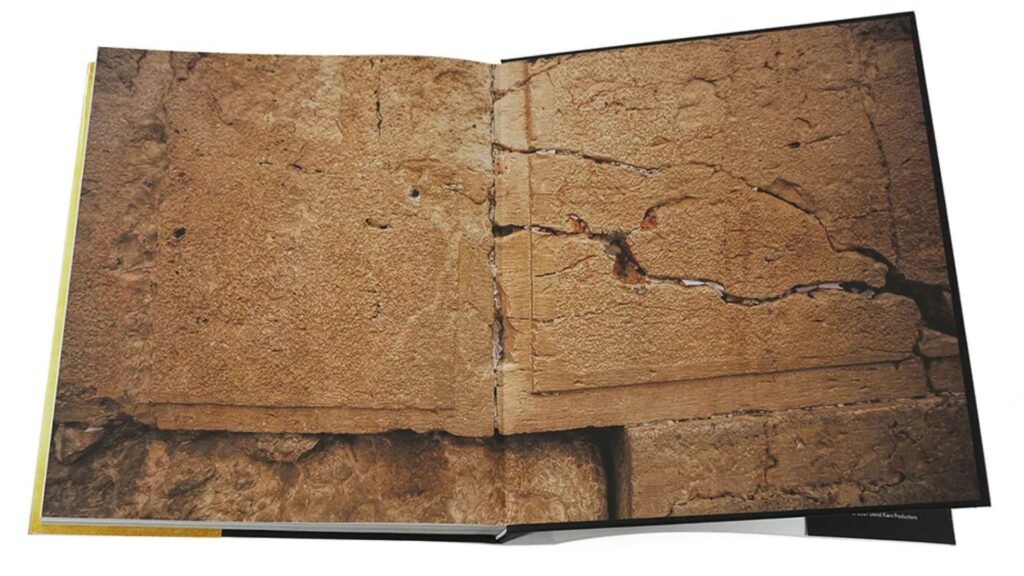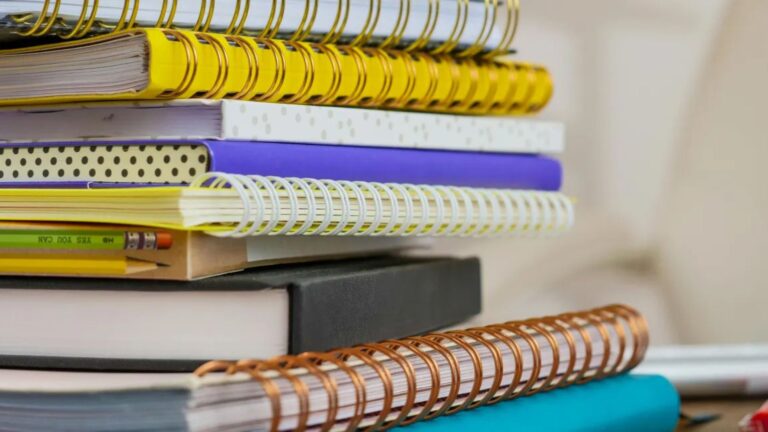
Endpapers, also known as endpapers, are the pages glued to the inside covers of hardcover books. While they may seem like simple transition pages between the cover and the content, endpapers serve both functional and aesthetic purposes. In both premium and everyday bookbinding, they play a crucial role in the overall integrity and appeal of the final product. Understanding the importance of endpapers can help publishers, designers, and book lovers appreciate the subtle craftsmanship that goes into every hardcover volume.

What Are Endpapers?
Endpapers are the two sheets of paper attached to the front and back covers of a hardcover book. Each endpaper consists of a flyleaf (the loose side) and a pastedown (the side glued to the inside of the cover). These pages act as a bridge between the cover and the text block.
There are several styles, including:
-
Single-sheet endpapers: A folded sheet that creates both pastedown and flyleaf.
-
Double-flyleaf endpapers: Two folded sheets for added thickness and protection.
-
Decorative endpapers: Printed or textured for visual appeal.
Structural Support and Durability
One of the primary roles of endpapers is to reinforce the physical structure of the book. They help secure the text block to the cover boards and distribute the stress caused by opening and closing the book.
Key structural benefits include:
-
Binding reinforcement: Prevents pages from separating from the spine.
-
Protection of inner pages: Shields the first and last pages from wear or adhesive bleed.
-
Increased longevity: Improves the book’s ability to withstand frequent use.
Without strong endpapers, even a well-constructed book can fall apart prematurely.
Aesthetic and Design Enhancements
Endpapers also offer creative opportunities in book design. For high-end books, children’s literature, art books, and special editions, endpapers can set the tone and mood before the first chapter is even read.
Design possibilities include:
-
Solid colors: To match or contrast the cover design
-
Printed patterns: Marbled, geometric, or floral designs add elegance
-
Illustrated scenes: Popular in children’s books to extend the story world
-
Custom branding: Logos, watermarks, or thematic prints for corporate or collector editions
The right choice of endpaper can elevate the perceived quality of a book significantly.
Functional Uses of Endpapers
Beyond aesthetics and structure, endpapers serve various practical functions:
-
Maps or charts: Often found in fantasy or historical books to orient readers
-
Author bios or blurbs: Printed on the flyleaf for quick reference
-
Indexing or reference material: Especially in educational or technical books
-
Personalization space: Blank flyleaves can be used for signatures, dedications, or notes
Their multifunctionality makes endpapers a valuable design element, not just filler pages.
Material Considerations
The choice of paper for endpapers matters. It must be durable, flexible, and compatible with adhesives. Popular options include:
-
Acid-free paper: Prevents yellowing and deterioration over time
-
Laid or textured paper: Adds tactile interest and a handmade feel
-
Heavier stock: Provides more strength and rigidity, particularly in large books
Printers and binders must match the endpaper material with the intended use and handling level of the book to ensure quality and longevity.
Endpapers in Modern Bookbinding
While digital printing has increased the speed of book production, endpapers still require careful attention in both machine and hand-bound books. In luxury bookbinding and archival projects, endpapers are often sewn in and hand-finished. Meanwhile, commercial printers use pre-printed endpapers to streamline production while maintaining quality.
Sustainability has also influenced endpaper design. Recycled papers, soy-based inks, and eco-friendly adhesives are being incorporated to reduce environmental impact without sacrificing performance.
Conclusion
Though often overlooked by casual readers, endpapers are essential to the quality, longevity, and presentation of hardcover books. They provide the first tactile and visual impression of a book, all while silently bearing the structural weight of the binding. For publishers, designers, and authors, paying attention to endpaper choices is an investment in durability, user experience, and overall value.







